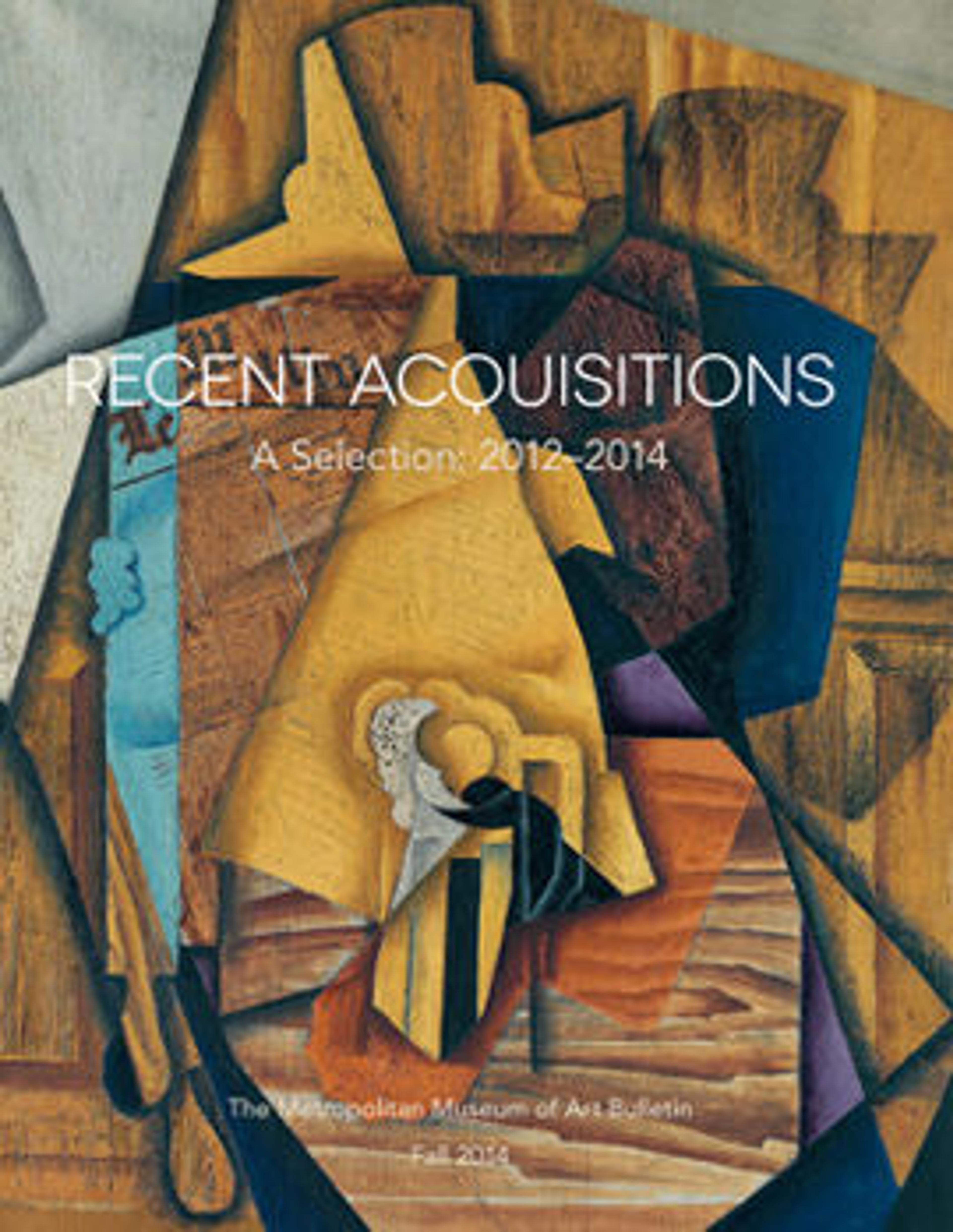The Tears of Saint Peter
This early work by Ribera, who was Spanish by birth but spent his career in Italy, is first mentioned in Rome in 1644 in the collection of Cardinal Benedetto Monaldi Baldeschi. The painting shows Saint Peter after he has denied Christ, his eyes red with tears and his hands clasped in prayer. The figure’s pose embodies the crushing weight of his sin. Seen as a form of confession, such dramatic shedding of tears became central to Catholic devotional practices and was praised in poetry and song.
Artwork Details
- Title: The Tears of Saint Peter
- Artist: Jusepe de Ribera (called Lo Spagnoletto) (Spanish, Játiva 1591–1652 Naples)
- Date: ca. 1612–13
- Medium: Oil on canvas
- Dimensions: 63 3/4 x 45 in. (161.9 x 114.3 cm)
- Classification: Paintings
- Credit Line: Purchase, Gift of Mrs. William M. Haupt, from the collection of Mrs. James B. Haggin, by exchange, and 2011 Benefit Fund, 2012
- Object Number: 2012.416
- Curatorial Department: European Paintings
Audio
5212. The Penitent Saint Peter
0:00
0:00
We're sorry, the transcript for this audio track is not available at this time. Please email info@metmuseum.org to request a transcript for this track.
More Artwork
Research Resources
The Met provides unparalleled resources for research and welcomes an international community of students and scholars. The Met's Open Access API is where creators and researchers can connect to the The Met collection. Open Access data and public domain images are available for unrestricted commercial and noncommercial use without permission or fee.
To request images under copyright and other restrictions, please use this Image Request form.
Feedback
We continue to research and examine historical and cultural context for objects in The Met collection. If you have comments or questions about this object record, please contact us using the form below. The Museum looks forward to receiving your comments.
